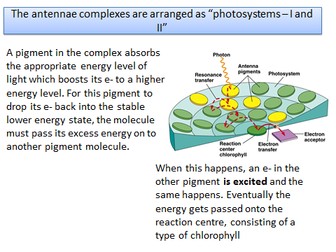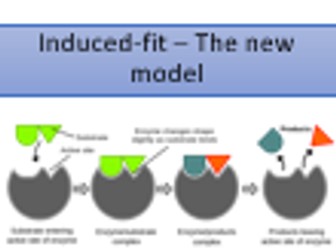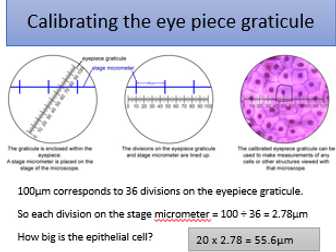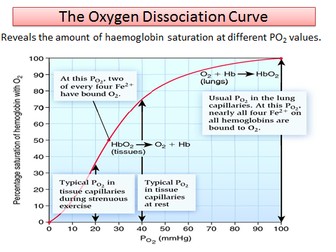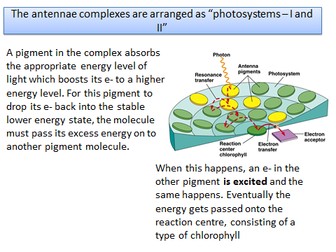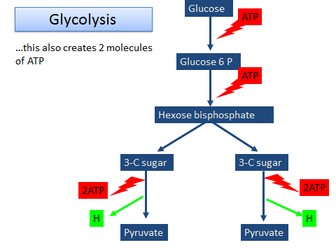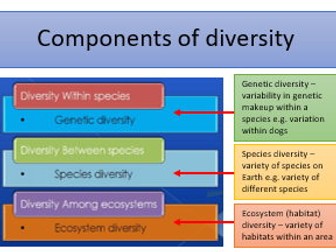5.1.5 Plant and animal responses OCR A level Biology
<p>This power point includes all parts of the 5.1.5 specification and is approximately 12-13 lessons, depending upon pace. Each lesson finishes with summary questions to check understanding.</p>
<ol>
<li>Plant responses</li>
<li>Controlling plant growth</li>
<li>Investigating tropism</li>
<li>Commercial uses of plant hormones</li>
<li>The mammalian nervous system</li>
<li>The brain</li>
<li>Reflex actions</li>
<li>Coordinating responses</li>
<li>Controlling heart rate</li>
<li>Muscle structure</li>
<li>Muscle contraction</li>
<li>Neuromuscular junction</li>
<li>Different types of muscle fibres</li>
</ol>
